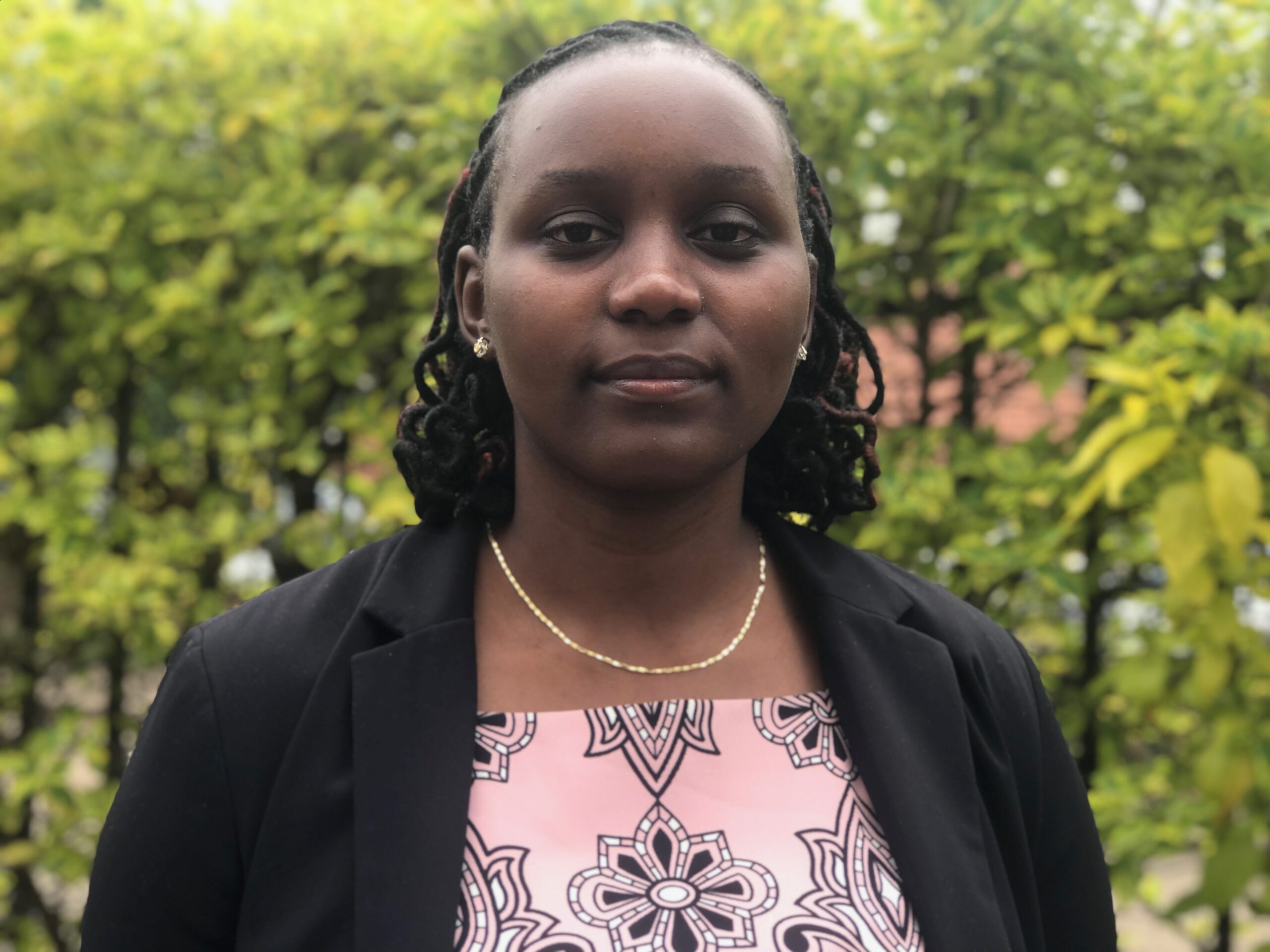Agent Network Accelerator Research- Democratic Republic of the Congo
 by Djitaba Sackho-Patel, Nancy Kiarie and Jenny Frydrych
by Djitaba Sackho-Patel, Nancy Kiarie and Jenny Frydrych Feb 4, 2019
Feb 4, 2019 1 min
1 min
The population of the DRC is extremely dispersed in a country with low levels of education, a history of financial shocks, conflict and poor infrastructure. A recent study has shown that, even excluding the population in deep rural areas, only 2.3 million (12%) of the adult population have a bank account [1] . Despite these challenges, the number of […]
The population of the DRC is extremely dispersed in a country with low levels of education, a history of financial shocks, conflict and poor infrastructure. A recent study has shown that, even excluding the population in deep rural areas, only 2.3 million (12%) of the adult population have a bank account [1] . Despite these challenges, the number of mobile money subscribers has increased significantly over the last decade, from 4.9 million in 2007 to 29.3 million in 2017, an average annual growth rate of 20 %, with a single subscriber penetration rate, which went from 8.2% to 35.5% over the same period [2]. This offers strong arguments for mobile money, given the potentially large user base for the country’s total population of about 77.2 million. Nearly 40% of people own a mobile phone [3] while only one in 100 000 has access to a bank or an ATM (ABM) [4] .
Payments and remittances are essential for individuals to manage risk and consume regularly. Agents play a central role in acquiring and managing clients, but they need to be properly trained and paid. With additional investments, made in a long-term perspective, and effective support of agents in carrying out their activities, better access to affordable and relevant financial services is likely to facilitate the growth of businesses and businesses. personal savings, which will help increase the income of the target population.



Leave comments